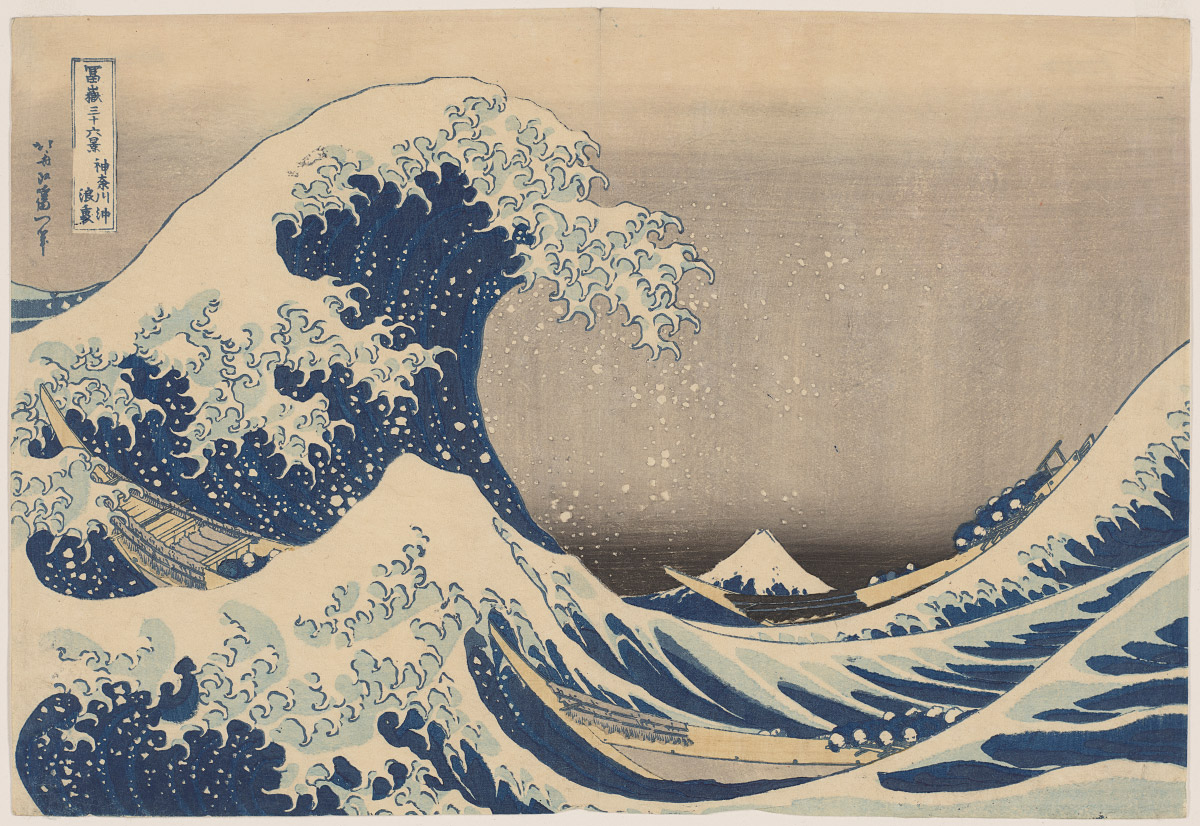A Lecture by Helen Swift, Japan Foundation Assistant Curator of Japanese Art at the Portland Art Museum
The landscape emerged as a major subject for Japanese woodblock prints during the nineteenth century and has remained a significant source of inspiration for artists well into the modern age. Katsushika Hokusai’s (1760–1849 ) fantastic Great Wave and Utagawa Hiroshige’s (1797–1858) evocative rainy vistas have captured the imagination of audiences around the world, but how did they come into being and what did they mean to the people of Japan? Woodblock prints were designed for popular consumption and reflected how people perceived the natural world. A close look at these captivating images reveals a landscape shaped as much by the human imagination as by natural forces. Drawing upon the Museum’s expansive Japanese print collection, this lecture will explore the artistry and human-nature relationship underlying some of Japan’s most iconic artworks.
Helen Swift is the Japan Foundation Assistant Curator of Japanese Art at the Portland Art Museum. Her responsibilities include the research, documentation, and exhibition of the Museum’s Japanese print collection.
Presented in conjunction with the exhibition, Human | Nature: 150 Years of Japanese Landscape Prints. Major support provided by the Japan Foundation.

